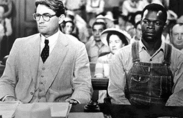Hey, Boo: Reflections on the Masterpiece: <em>To Kill a Mockingbird</em>
Oprah Winfrey, Tom Brokaw, and others recall their memories and impressions from reading To Kill a Mockingbird for the first time.
Hey, Boo: Segregation and Civil Rights in <em>To Kill a Mockingbird</em>
Novelists and Southerners discuss Harper Lee's To Kill a Mockingbird and the bravery of the novel for addressing issues of segregation and racism in the South.
Learn to Listen, Listen to Learn
Educators will structure a discussion that uses journaling and group work to strengthen students’ listening skills.

Life Road Maps
Educators will enrich students’ understanding of a historical or literary figure by having students draw the figure’s life journey.
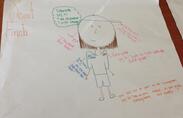
Analyzing Images
Lead students in a critical analysis of an image that enhances their observational, interpretive, and critical thinking skills.
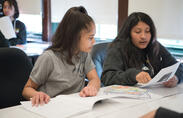
Gallery Walk
A gallery walk activity gets students moving as they explore a range of documents, images, or student work displayed around the classroom.

Anticipation Guides
Get students thinking about the ideas and themes that they’ll encounter in a unit or a text.

The Redneck Stereotype
Authors Joseph Flora and Lucinda MacKethan describe the characteristics of the “redneck,” a specific stereotype of a poor white Southerner.
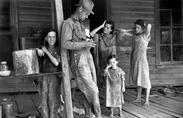
Firsthand Accounts of the Great Depression
Read and listen to firsthand accounts of the shame, humiliation, and deprivation experienced by those who lived through the Great Depression.

H. J. Williams Recalls Learning About the Rules of Jim Crow in Yazoo County, Mississippi
H. J. Williams, in an interview about living in the segregated South, describes when he first realized that blacks and whites were treated differently.
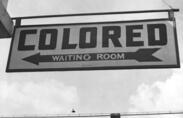
Understanding Jim Crow
Deepen students' understanding of the systems of racial separation and institutionalized segregation known as Jim Crow to better grasp the time and setting of To Kill A Mockingbird.

The Walking Boy
Writer and professor Alan Jacobs describes facing a moral dilemma as a young boy in Alabama when he witnessed and participated in the harassment of a Black boy.
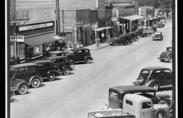
Exploring the Relationship between Scout/Jean Louise and Calpurnia
Students broaden their understanding of the relationship between Scout and Calpurnia by pairing scenes from Harper Lee’s two novels with a historical account from a Southern domestic worker.
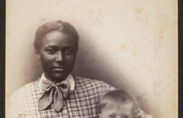
Race and Social Change: Atticus and His Historical Contemporaries
Students analyze Atticus' character in Go Set a Watchman in historical context by reading primary sources that illuminate the ways many white southerners reacted to the prospect of social change.
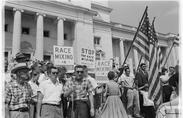
Maycomb's Ways: Setting as Moral Universe
Students explore how race, class, and gender create the moral universe that the characters inhabit in To Kill a Mockingbird.
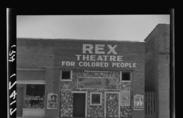
Scout as Narrator: The Impact of Point of View
Students consider how Harper Lee’s decision to tell To Kill a Mockingbird through the eyes of young Scout impacts readers' understanding of the novel.

Moral Growth: A Framework for Character Analysis
Students connect the moral development of To Kill a Mockingbird's central characters to the moments in their lives that have shaped their sense of right and wrong.

What Does It Mean “To Kill a Mockingbird”?
Facing History shares a list of key components for a reflective classroom and provides educators with a number of resources to guide them in building their own.
